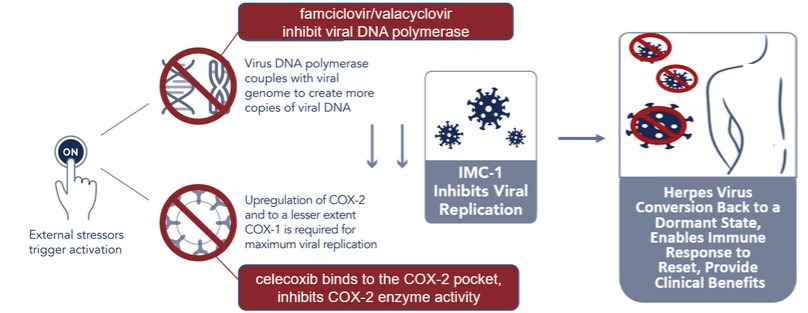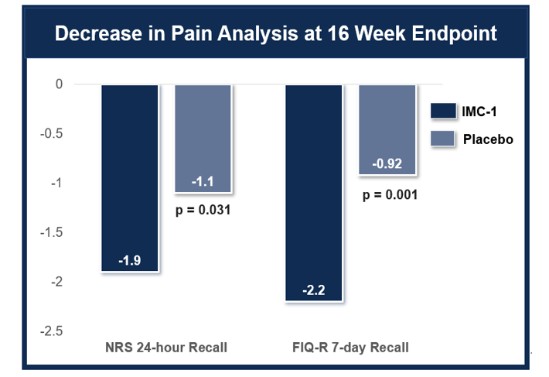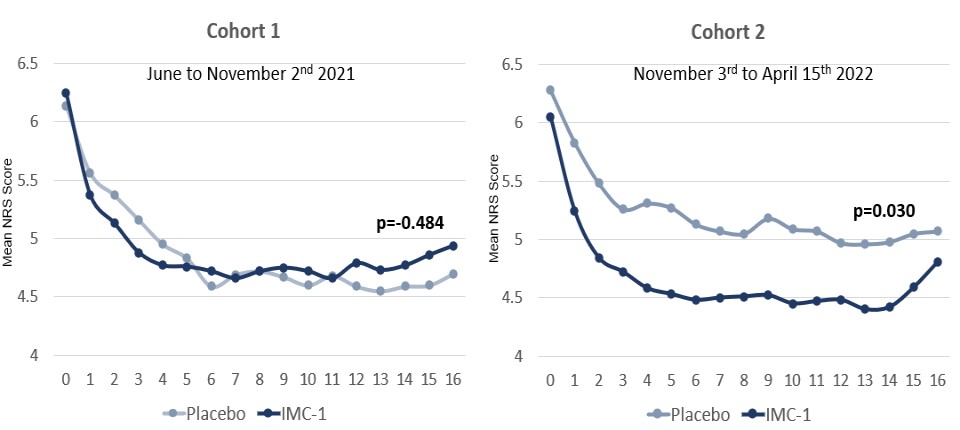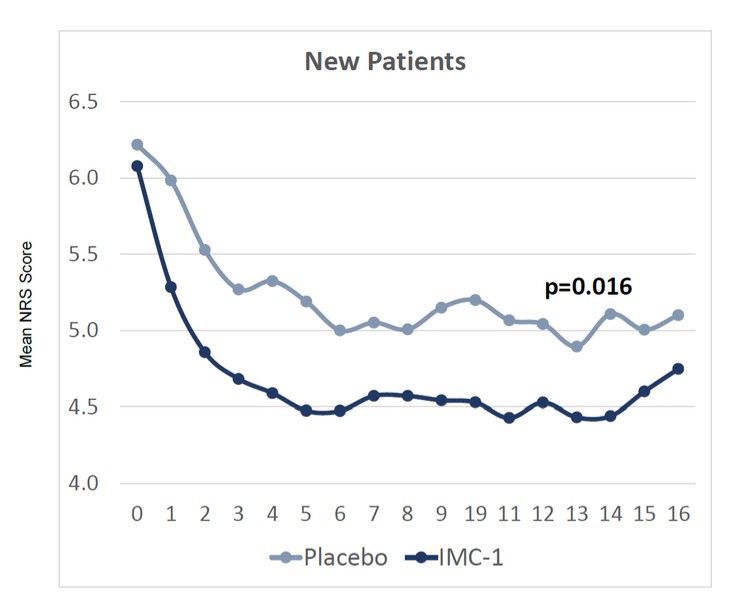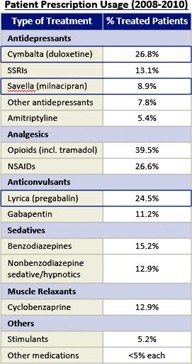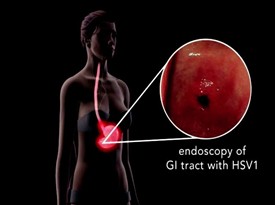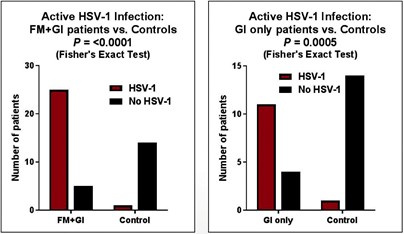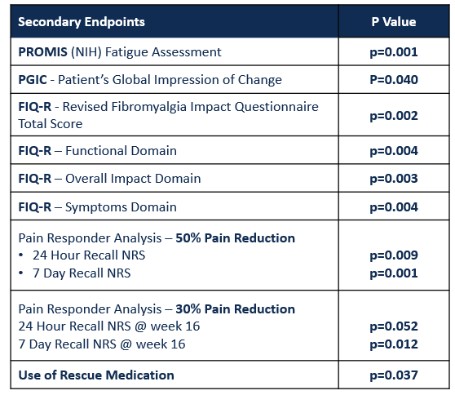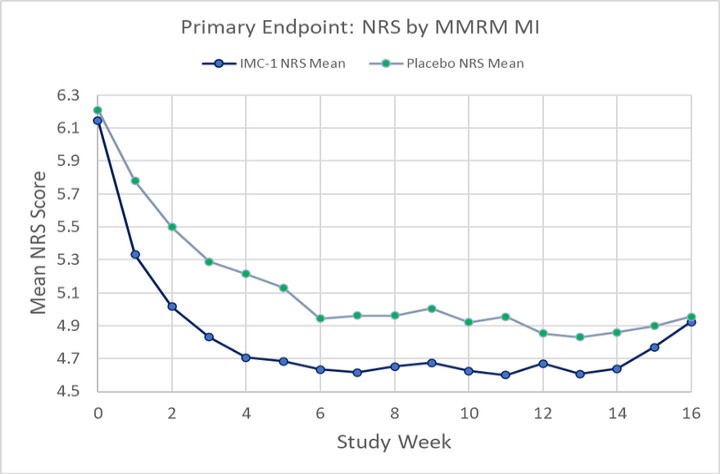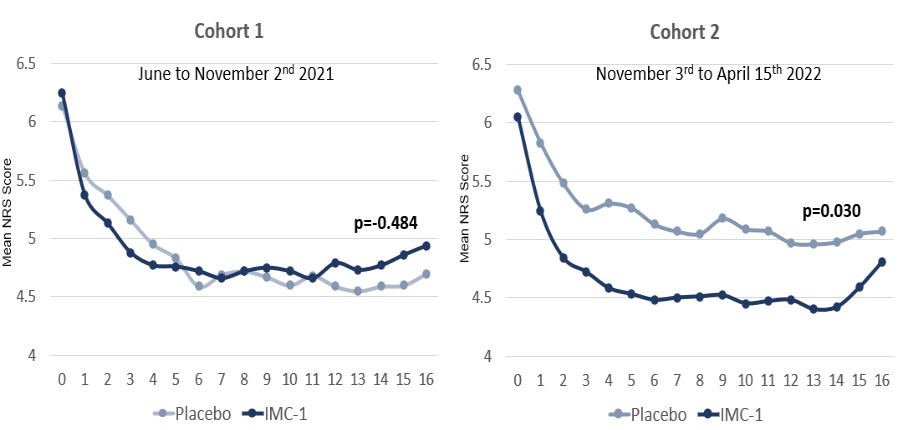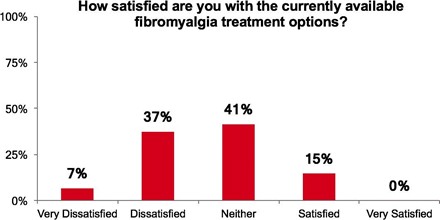PART I
Item 1. Business
Our Company
We were incorporated under the laws of the State of Delaware on December 16, 2020 through a corporate conversion just prior to the Company’s initial public offering (“IPO”). The Company was originally formed on February 28, 2012 as a limited liability company under the laws of the State of Alabama as Innovative Med Concepts, LLC. On July 23, 2020, the Company changed its name from Innovative Med Concepts, LLC to Virios Therapeutics, LLC.
We are a development-stage biotechnology company focused on advancing novel antiviral therapies to treat diseases associated with a viral triggered abnormal immune response such as fibromyalgia (“FM”). Overactive immune response related to activation of tissue resident herpes virus has been postulated to be a potential root cause of chronic illnesses such as FM, irritable bowel disease (“IBS”), chronic fatigue syndrome and other functional somatic syndromes, all of which are characterized by a waxing and waning manifestation of disease. While not completely understood, there is general agreement in the medical community that activation of the herpes virus is triggered by some form of environmental and/or health stressor. Our lead candidate, IMC-1, is a novel, proprietary, fixed dose combination of famciclovir and celecoxib. IMC-1 represents a novel combination, dual mechanism antiviral therapy designed to synergistically suppress herpes virus activation and replication, with the end goal of reducing viral mediated disease burden.
IMC-1 combines two specific mechanisms of action purposely designed to inhibit herpes virus activation and replication, thereby keeping the herpes virus in a latent (dormant) state or “down-regulating” the virus from a lytic (active) state back to latency. The famciclovir component of IMC-1 inhibits viral DNA replication. The celecoxib component of IMC-1 inhibits cyclooxegenase-2 (“COX-2”) and to a lesser degree COX-1 enzymes, used by the herpes virus to amplify or accelerate its own replication. We are unaware of any other antivirals in development for the treatment of FM. We believe this novel approach was a germane consideration in the U.S. Food and Drug Administration (“FDA”) designating IMC-1 for fast-track review status for the treatment of FM. Furthermore, IMC-1 has been granted a synergy patent based on the fact that neither antivirals nor NSAIDS/COX-2 inhibitors (the individual components of IMC-1) has proven effective in the management of FM when used as a monotherapy, yet the dual mechanism combination therapy generated a result in preliminary studies that appears to be greater than the sum of its parts.
Dormant Herpes Virus is Reactivated by External Triggers and Amplifies
Its Own Replication via Cyclooxygenase (COX 1 and COX 2) Enzymes

6
